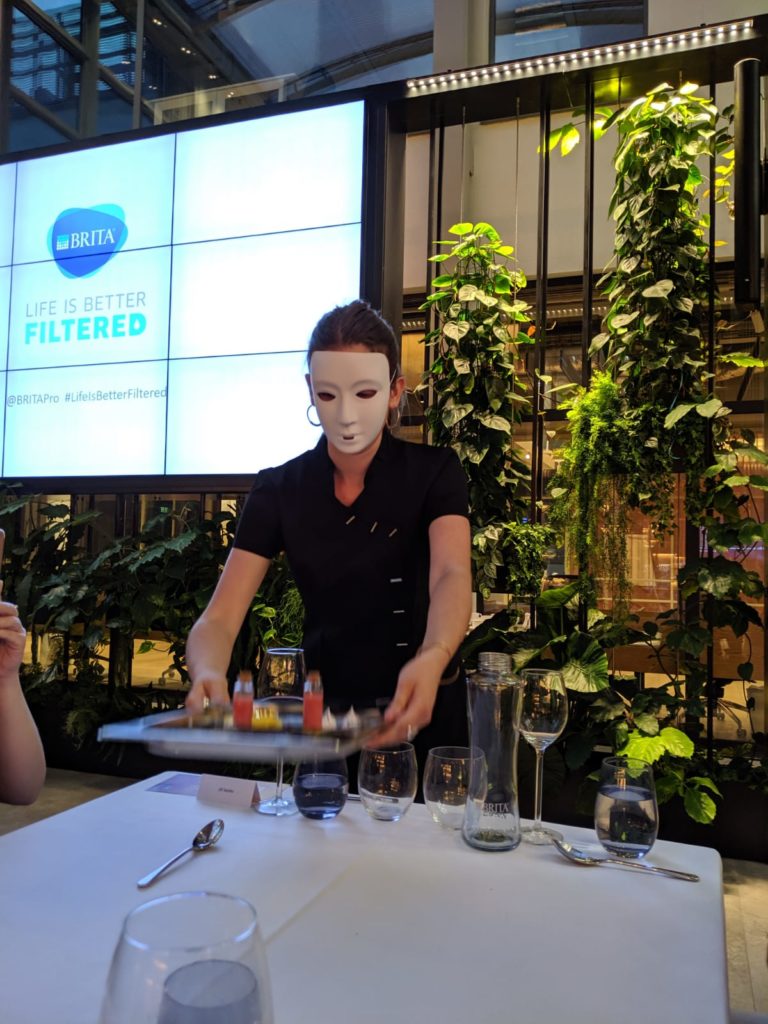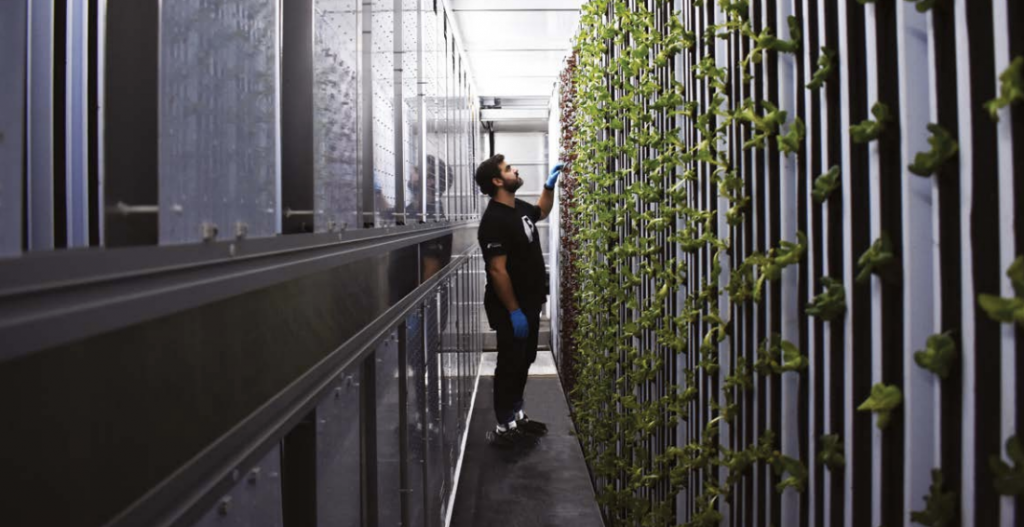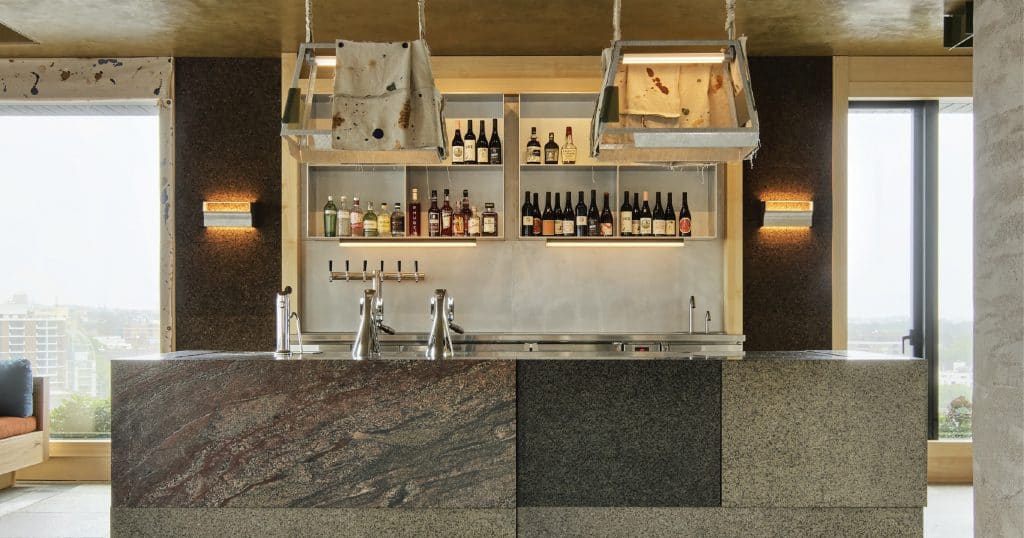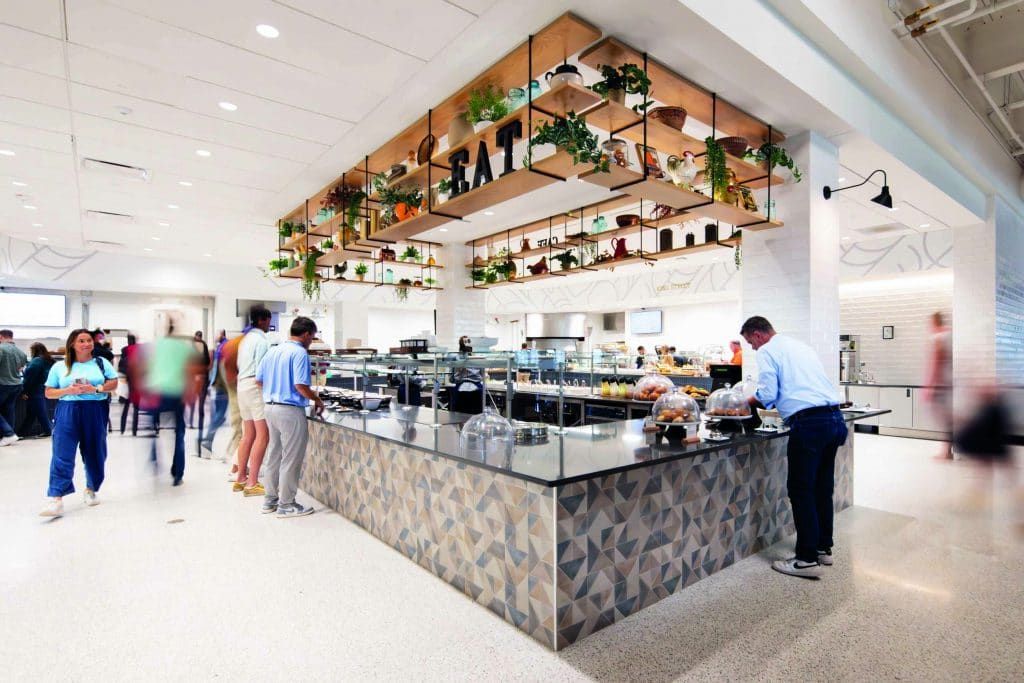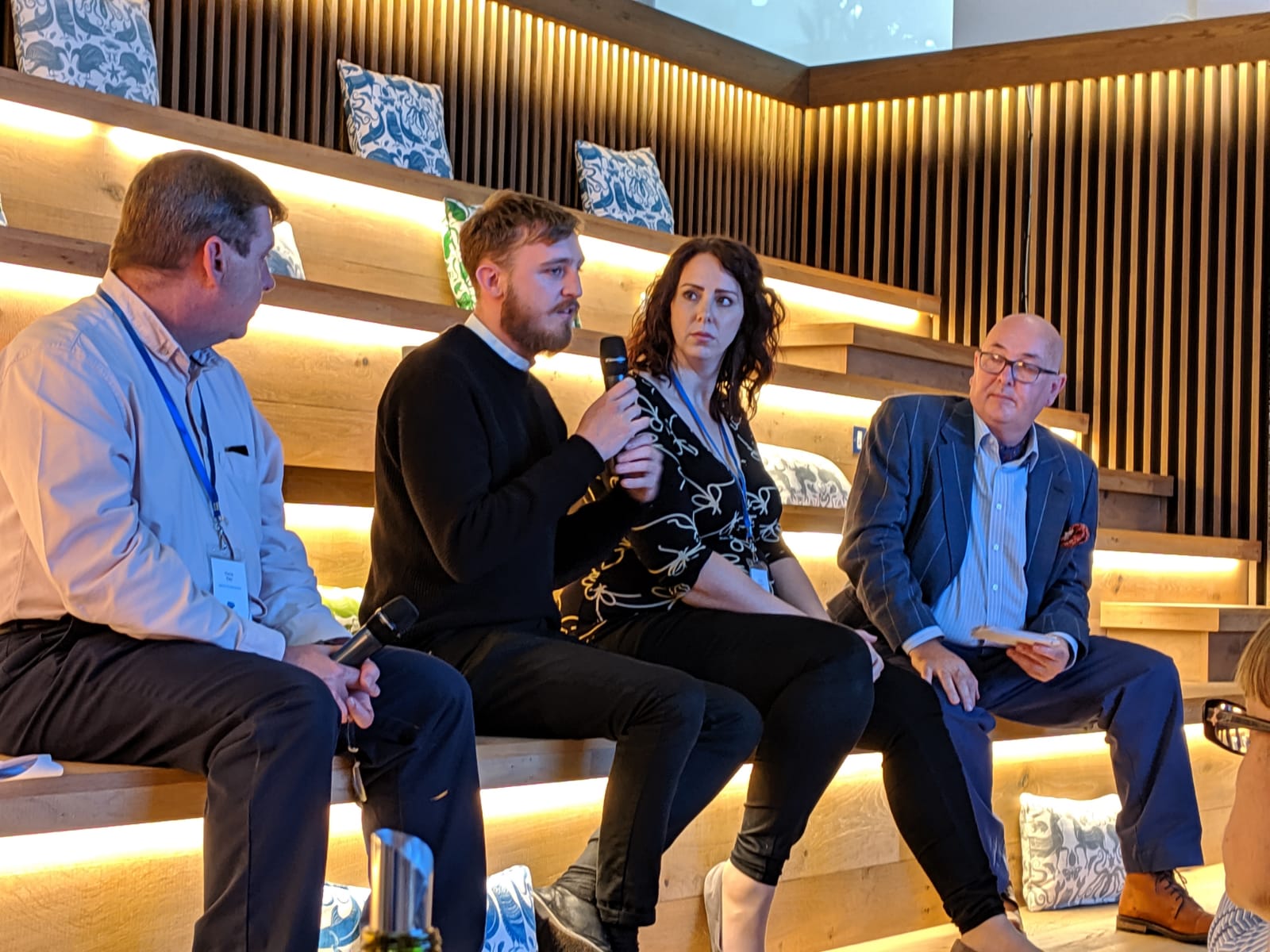
Food is changing: from sourcing to sustainability, creation to consumption, what we eat and how could be unrecognisable a quarter of a century from now.
That was the message from a survey of 750 hospitality professionals commissioned by BRITA Professional for their Catering School of Expertise toolkit. In the words of ‘food futurist’ Lyndon Gee: “you can’t change the past, but you can change the future.”
What can we expect from the food of the future? The research found specialist anti-allergy foods, sea vegetables and fermentation were all heavily touted trends. Upheaval is also anticipated in production, with nutrient-implanted food, lab-grown meat and 3D printing on the up.
Of particular interest were the insights that emerged on the outlook for commercial kitchens. Over a quarter of business owners predict new technology for food prep (such as weighing, washing and chopping) will become commonplace. They also anticipate a bright future for sustainability initiatives: 81% think methods of achieving zero food waste will ramp up and 53% predict more product innovation to eliminate single-use plastics.
But there are challenges ahead too. With experiential and personalised dining on the rise, 58% of business owners think insufficient skill sets from team members will be an issue come 2044. Nearly half are afraid existing equipment won’t be up to the jobs at hand.
The emerging consensus on the risks ahead is a salutary warning for the sector. But for now there was food to be tried and insight to be debated: over to BRITA Professional.
Innovative hospitality
Reflecting the headline finding that personalisation is one of the key trends to watch in the coming years, attendees were greeted with a quiz on their personality type. Cheese croquettes and pea shoots were garnished with diner-specific dressings depending on whether they needed better sleep, more energy or a memory boost.
Some of the flavours on offer were uncontroversial; others, like coffee and chamomile, may need a few more years before they gain widespread acceptance as salad accompaniments. Crucially, all ingredients were sourced locally, reflecting consumers’ growing demand for sustainability.
The main course saw social media take centre stage as diners placed their orders via Twitter. These were then distributed by the “Maxi_Wave_2044”, a marvellous “robot” food distribution device. Diners were encouraged to think about the increase of mechanisation in foodservice, a trend that 64% of BRITA’s survey respondents think will gather pace.
But it was also a nod to the backlash against machines in the sector. With a similar proportion of respondents predicting that the human factor, whether in customer or supplier relationships, will provide a corrective to the rise of machines, diners were reminded that the robot takeover wouldn’t be a one-way street.
Dessert, which was brought out by a team of masked waiters, reinforced this message. The build-your-own Eton mess was a sugary delight, but also begged a biting question: is dining about more than just food, and does an overemphasis on the power of AI detract from the overall experience? By the time the panel started, stomachs were full but minds were whirring.
Insight into the future
The post-dinner panel saw a team of foodservice and hospitality time travellers delve 25 years into the future; this was chaired by Gee, and included BRITA’s very own Chris Fay, Sarah Widdett, head of insights and marketing at Bidfood, and Jamie Crummie, co-founder of food waste reduction app Too Good To Go.
The lofty potential of new technology in foodservice and hospitality proved a common thread. Widdett predicted 3D printing and phenomena, such as ordering via thumbprint or even virtual reality waiters, could be commonplace by 2044. Crummie suggested restaurants’ efficiency could be on the verge of revolution, with enhanced forecasting allowing businesses to predict the amount of covers they’ll get on a day-to-day basis. Fay added a note of caution; renewed efforts to prepare and train staff for the mechanised kitchen must accompany innovation.
More controversial was the role of social media. Fay expressed suspicion about the domineering role of social media for individuals and businesses, but Crummie was more upbeat. Arguing that, from the vantage point of his waste reduction app, social media “is a way of taking a stand on an issue… but also taking action,” he pointed out that the visual appeal of a platform like Instagram is constantly raising awareness of issues like sustainability among new consumers.
Meanwhile, according to Widdett, “a vast majority of our customers still want to pick up the phone.” The ability to reach large numbers of people quickly has put social media at the heart of hospitality firms’ communications strategies, but there will always be a place for the personal touch.
All agreed that any discussions about the future of food and hospitality should be seen in the context of the “London bubble.” The drive to cut down on meat for the sake of sustainability may be gathering momentum in urban centres, but such campaigns will take time to filter out to the country at large.
Whatever happens, there’s no doubt that BRITA’s glimpse into the future is a useful bellwether for foodservice and hospitality consultants. The future holds many uncertainties, and concerns about costs and training will all have to be addressed. But if it’s as tasty as last Thursday’s event suggested, there’s a lot to look forward to.
Click here to read the Life is Better Filtered: Catering School of Expertise toolkit
Thomas Lawrence

